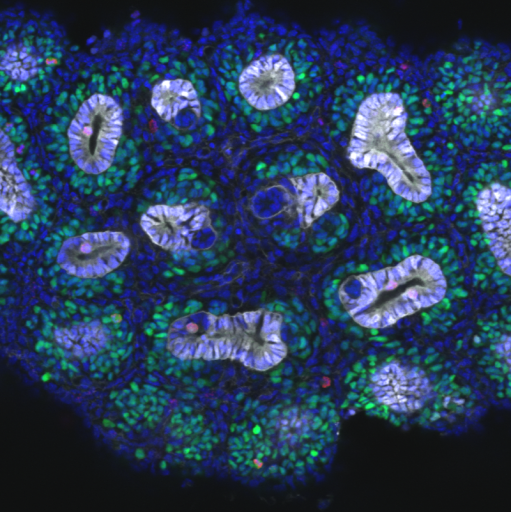
RCC/QCIF eResearch Analyst Dr Nick Hamilton has co-authored a paper on mouse kidney cells that was published recently in the journal Developmental Biology.
The paper, ‘Cap mesenchyme cell swarming during kidney development is influenced by attraction, repulsion, and adhesion to the ureteric tip’, is a collaboration between The University of Queensland’s Institute for Molecular Biology, where Dr Hamilton is based, and the University of Melbourne.
The research has resulted in a breakthrough showing that cells in kidney development are highly dynamic and not relatively static as previously thought.
Dr Hamilton said: “Using our quantitative analysis, live imaging and modelling we show that the cells move randomly, but are subject to attractant and repellent signals. These complex systems of signalling help the cells find their place.”
The research tracked individual cells during development of the mouse kidney in order to understand how structures such as the cap mesenchyme (whose cells later form the nephron, the filtering unit of the kidney) are created and maintained.



